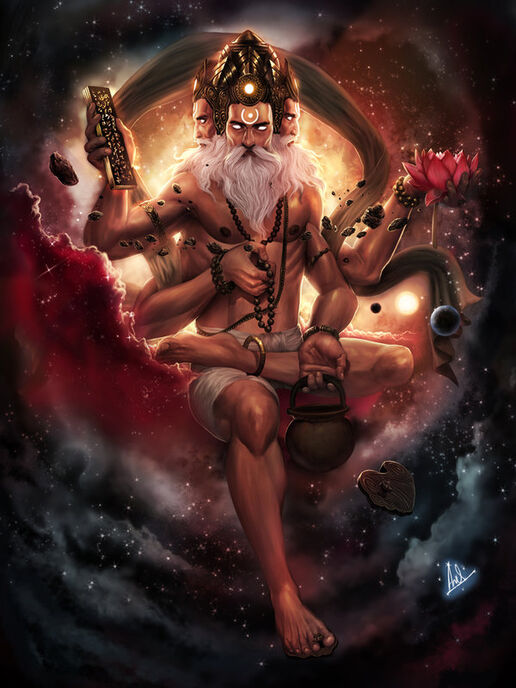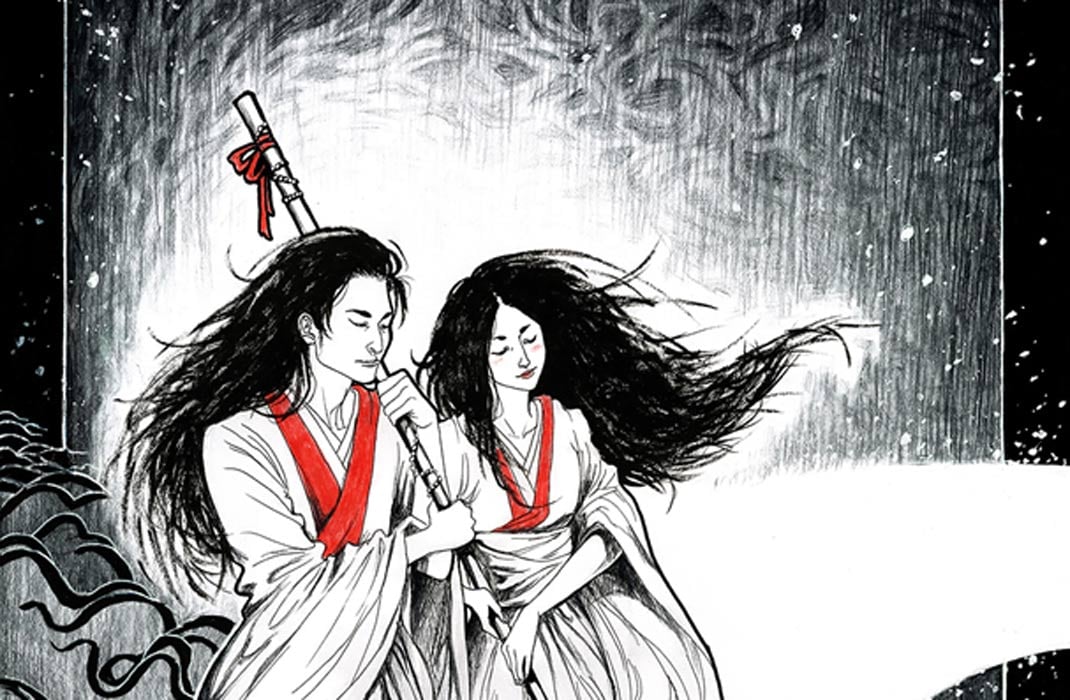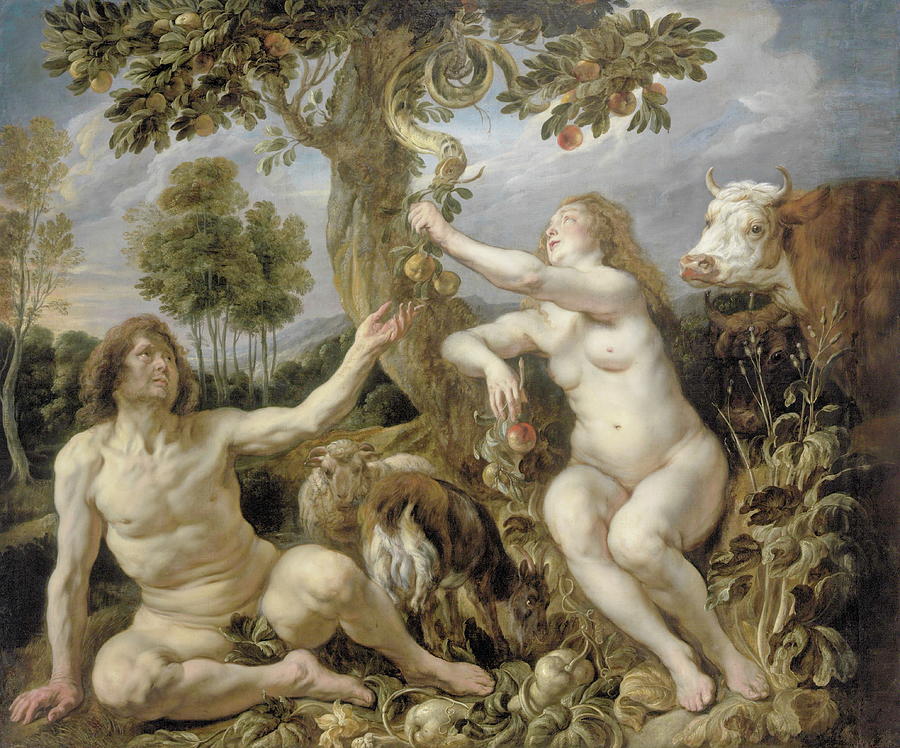How was the earth created? This is a question that has been plaguing humanity for many years, a concrete answer continuing to evade our grasp. Even with the technology we have today, scientists can only theorize how our world came to existence. When it comes to religion and philosophy, there are many different myths with many different gods describing the origin of the earth. These various origin stories show the diversity in explanations between the countless religions that exist in our world, both today and in history.
Brahma, the Hindu god of creation, created the day and night cycle, as well as gods and demons, through inhabiting and abandoning various bodies. According to Hindu myth, Brahma created humans on the basis of passion. In Chinese myth, we have Pangu, a god who broke out of his egg with an axe and pushed the sky and the land apart. He stood like that for 18 000 years, pushing the forces further apart as he grew. His eyes created day and night, and as he died, his body created the mountains and rivers. The creation myth in Japan involves the couple of Izanami and Izanagi. Similar to how humans create lives, the pair birthed various gods of Japanese culture, as well different islands. These are just a few examples of origin myths that were discussed.

Throughout all of these origin stories of different cultures, it is seen that the birth of the earth and mankind came from divinity. Through the bodies of these gods, the world was created and formed into what we know it as today: Brahma through his various forms, Pangu with his physical body, and Izanami and Izanagi using their bodies as humans would. While the use of their bodies may be different, the concept that the earth and its lands came from divinity remains the same. There is also a clear preference of powerful male gods in many of these myths, which brought up the topic of misogyny. This is especially seen in the myth of Izanami and Izanagi, where their initial children had deformities due solely to the fact that the female spoke first. Today, this myth would serve as a prime example of misogyny and sexism, however in history, gender roles were very different than what they are today. While this story may seem sexist to our current society, it is not unknown to us that during the time these myths were created, women were expected to be submissive and inferior to men. Overall, the myths discussed are all heavily based around powerful gods who have the ability to form and create using their divine bodies.

Our group generally agreed that while myths do not define a person’s worldviews, it may still have a heavy influence, especially during times when these myths were the only available resource of explanations for various earthly events. For many people, these origin myths connect them deeper to the land, and can result in different areas becoming sacred. It was mentioned that these origin myths inspire followers to alter their lives in order to follow these myths. One student mentioned how looking at the specifics in myth can show the difference in cultures, such as the specific times, landscapes, and coordinates given in Chinese myth vs the priority of an overarching theme and lesson given in western myths. Another student explains how the greatness described in these gods may make readers feel insignificant, especially considering the power the gods may have. It only makes sense that we, as humans, feel insignificant to the creation gods described in these myths.
As someone who grew up in a heavily Catholic family, it is evident to me how intensely origin myths can influence believers. In Catholicism, God created the world, then proceeded to create the Garden of Eden to serve as a home to the first of mankind, Adam and Eve. It is here that the first sin was committed as Eve fell to temptation. To my parents, this story influences them to remain steadfast in the face of temptation, and to follow the rules that God has given them as much as they can.

The origin of the world is a heavy topic still debated today. Whether atheist or religious, it is important to realize there is no concrete explanation to the creation or religion. No matter how unlikely the theory, or how objectively outrageous the story, we should continue to respect other people’s beliefs and viewpoints of the origin of this world we all live in.
References:
Thomas, K. T., & Thomas, C.T., Creation Myths and Worldview: Sámi Animism and Christianity, retrieved from https://www.laits.utexas.edu/sami/diehtu/siida/religion/creationmyth.htm
Leave a Reply
You must be logged in to post a comment.